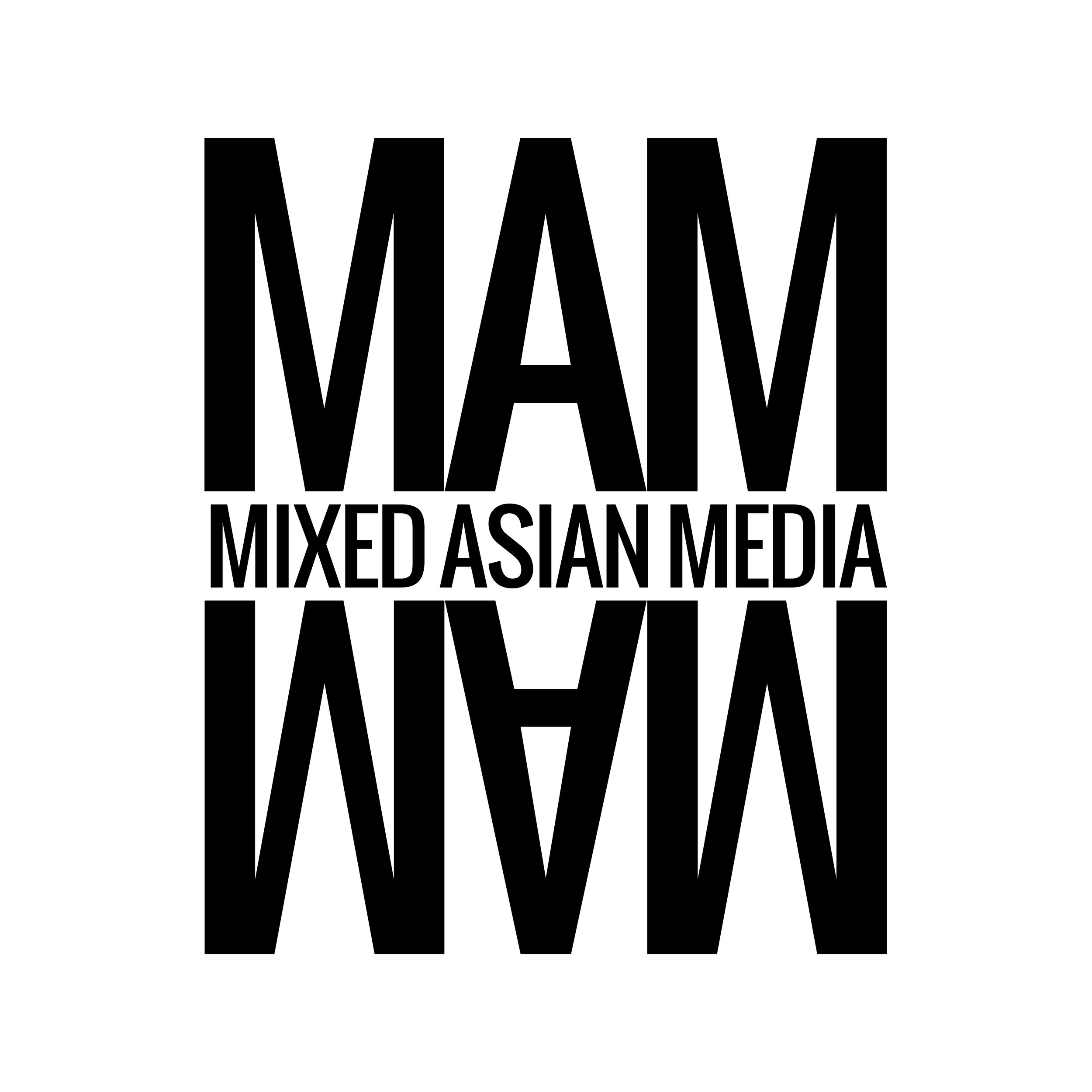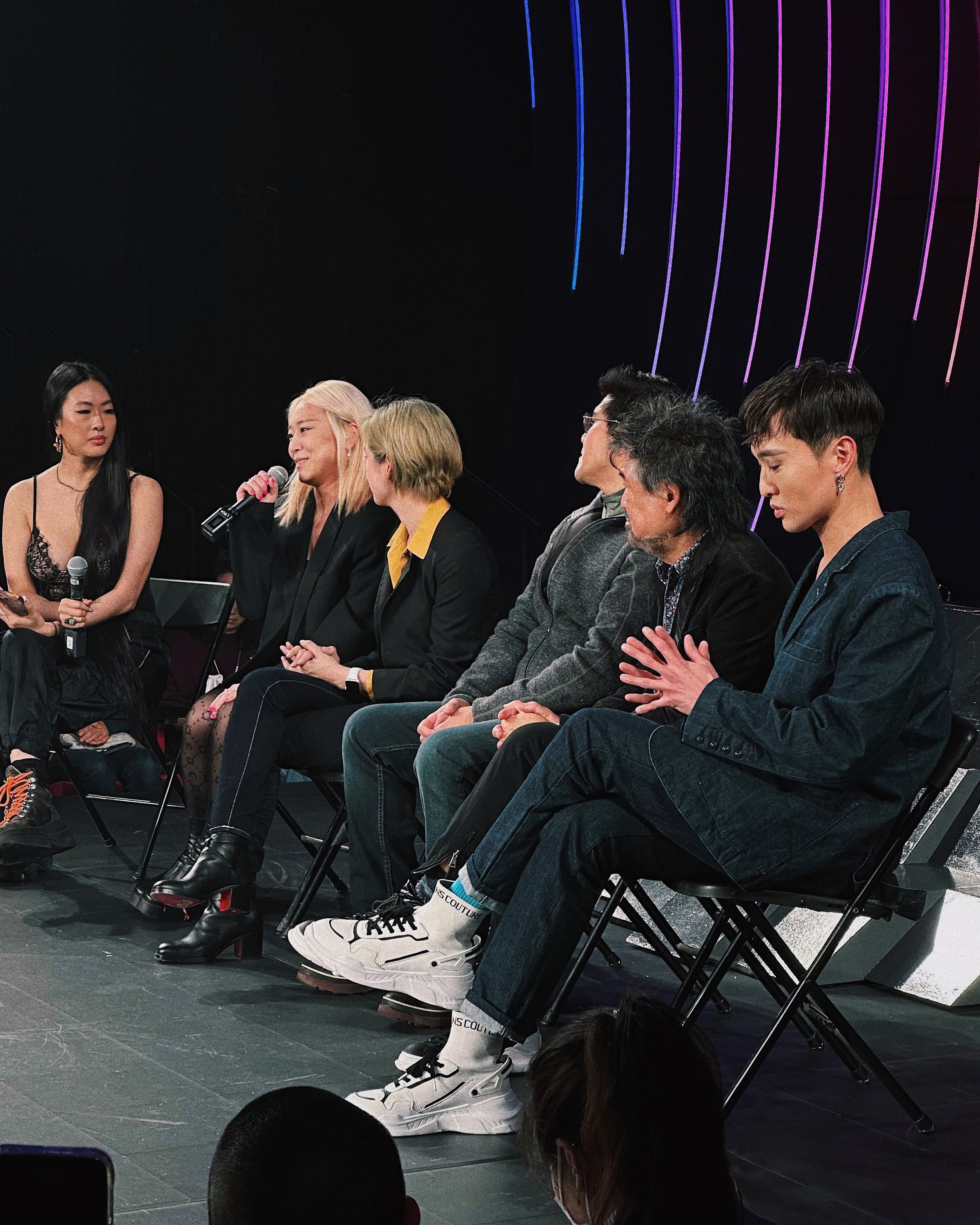The Victory and Tragedy of KPOP on Broadway… and Where We Go From Here
Mixed Asian Media - December 15, 2022
By Erica Ito
Closing post-show panel of KPOP Broadway
“I could have made you human. I could have turned you into art.”
***
History was made Sunday night at the Circle in the Square Theatre, as KPOP took its final bow on Broadway. The show will undoubtedly live on through its fans, its highly anticipated upcoming cast album, and its legacy of uplifting Korean stories and Asian-American voices in musical theatre. But how did we end up here? What led to such a painfully premature closing? And how do we break this cruel cycle of early endings for BIPOC-centered shows?
***
That the commercial theatre system is failing to support the art of theatremaking (and especially the art of theatre makers of the global majority) is no new revelation. Since the re-opening of Broadway theatres post-lockdown, most shows have struggled to get “butts in seats.” The economic law of commercial theatre dictates that total weekly operating costs — composed of company expenses (artist salaries, royalties, gear rentals) and theatre expenses (rent and other expenses paid to the landlord) — must be exceeded by weekly net adjusted gross box office receipts, aka ticket sales. Without enough butts in seats, the show cannot afford to pay its employees, nor its rent, and must close.
Since the theatre owners are unlikely to lower rent, resulting in a decrease in their own revenue (Circle in the Square is one of the only Broadway houses not owned by giants: the Shubert Organization, the Nederlander Organization, and Jujamcyn), how do we get said butts into said seats to meet those weekly operating costs? A crucial mix of creative marketing tactics, favorable reviews, and dynamic ticket pricing.
“Most shows,” says Standing Room Theatrical co-founder Thomas Laub, “don't make the investment in having someone focus on pricing.” Simply put, dynamic pricing is the act of changing prices after an event is put on sale. “It is a tool used to manage inventory, such that, generally, when demand is higher, prices are higher, and when demand is lower, prices are lower… it’s used to make sure that: 1) the theater is as full as possible and 2) the production is bringing in as much revenue as possible."
It did seem that some unique tactics were being employed when KPOP’s marketing team created individual social media profiles for its fictional K-pop idols the week before opening night, but these pages gained little traction. They lacked much of the content that goes into a real K-pop group’s social media presence: weeks of rehearsal footage, photoshoots, lifestyle vlogs, etc. Real life K-pop stan Twitter was simply not reached. During previews, the show advertised a limited number of tickets for $19 in honor of its 18 Broadway debuts (shoutout to Major Curda who actually debuted in The Little Mermaid. Marketing got their stats wrong). However, beyond this flash sale, tickets remained traditionally priced.
Seonjae Kim, KPOP’s associate director and vocal social media advocate (in just one week, she raised $10,000 via Instagram to subsidize tickets for anyone wishing to attend), shared, “A lot of us on the creative team are Korean, K-pop fans, and have an idea how to reach that community. Sometimes it felt like there was a gap between that and whatever strategy or work was being done.”
This was “a hard gap to close,” resulting in many members of both cast and creative team taking to social media to encourage their own followers to #SaveKPOPBroadway by buying tickets and seeking out angel investors. For a moment, the hashtag was trending. Audience members and AAPI theatre makers were sharing personal essays on their feeds and stories. But the last minute push wasn’t enough. As Kim wrote in an Instagram post on December 10th, “Despite the fervent energy of the #savekpopbroadway campaign, it was too late to turn around our economic reality, which had cemented long before the official announcement.”
Kim also noted, “There was such a big gap between the critical response and the audience response.” Each evening, the cast was met with standing ovations. With every performance, it seemed more and more audience members began to sing along, wave iPhone flashlights, even stand up to dance the choreography to “Gin and Tonic” along with fictional girl group RTMIS. Some reviews were positive, calling the show “elegant, energetic, and exceptional” (Variety), “the most exciting, interesting, and alive show on Broadway right now” (Theatrely). Many of these reviews appropriately highlighted co-creator Helen Park’s historic achievement as the first Asian woman composer on Broadway. But even the most glowing praise was overshadowed by chief New York Times theatre critic Jesse Green’s review.
After days of cast members personally taking to social media to process Green’s words, KPOP’s producers formally requested an apology from The New York Times, citing the “cultural insensitivity, underlying ignorance of and distaste for K-pop as a genre, and what comes across as casual racism in his review.” Green ultimately declined to comment and The New York Times refused to apologize, stating instead, “We wholly disagree with the argument that Jesse's criticism is somehow racist.”
Statements like these make it feel like eons since America’s “summer of racial reckoning” incited institutions to talk about meaningful change, and yet it’s been less than two years since The New York Times published a Call to Action claiming, “Many of the issues we must address are deeply rooted in society, and continue to produce inequities for Black people and other people of color. And yet these issues will persist unless individuals and institutions choose to change.” I suppose Green and the NYT have simply chosen not to change.
So perhaps it’s melodramatic to say that Jesse Green, along with DKC/O&M (press) and SPOTCO (advertising) collectively failed KPOP. But as RTMIS’s Riya would say, “I’m NOT melodramatic. Maybe you’re just repressed.” And if this last week of utter emotional drainage has taught me anything, it’s that Asian American artists are not keeping their heads down and “shikata ga nai-ing” their way through the industry anymore. We are speaking up, being vulnerable, risking honesty.
When Harry, the director of KPOP’s fictional concert documentary and singular white character, is fired, he says to the Asian bodies on stage, “I could have made you human. I could have turned you into art.” Because this truth is, in Seonjae Kim’s words, “They don’t see us as human.” The proverbial “they” here being Jesse Green, the New York Times editors who backed him up, the marketing team who didn’t do enough research or outreach, and the many white theatre goers who took Green’s word for gospel and had zero interest in welcoming or learning from this story.
As moderator Kimmy Yam said during Sunday’s post-closing talkback, “As Asians, we know — if you love something, you criticize it.” So, commercial Broadway theatre industry, let’s get critical. KPOP is not the only show centering non-white artists to have announced a premature closing in the last year or so: Pass Over, Chicken and Biscuits, For Colored Girls, A Strange Loop. Just this week, the brilliant Ain’t No Mo announced an early closing of its already limited run. #SaveAintNoMo is still circulating as the show’s cast and creative team urge their own community of followers to buy tickets for its final weekend. But without white audiences seeing the cast and creatives of Ain’t No Mo as human, without precise marketing and accessible ticket pricing, it’ll be another op’nin’, another close.
***
As I watched the concert portion of KPOP for the fourth time on closing night, I was struck by the authenticity of the show and its performances. Off-Broadway, KPOP was immersive. On Broadway, it became entirely meta. With real life idols telling a version of their own lived experiences, lyrics that begin the show: “This is my Korea. This is my story,” and a finale featuring personal photos and videos of the cast performing as children — KPOP’s presence on Broadway has always been about so much more than its fictional plot. This is the true story of Asian artists debuting on Broadway, taking up space, and making history. I am honored to have witnessed it.
The mood during closing night’s talkback was solemn and angry. The panelists included Helen Park, trailblazer David Henry Hwang, veteran cast member John Yi, playwright Hansol Jung, and actor/activist Pun Bandhu. With the house lights turned completely up, you could clearly see the burning pride and discontent of each panelist amplified throughout the predominantly Asian audience. Cast and crew members sat sprinkled throughout the space, faces gleaming with hard-won tears. When asked for three words to describe how she felt in this moment, Helen Park replied, “I. Won’t. Stop.”
Born and raised on the east side of O’ahu, Erica learned about improv comedy in 7th grade, and has been a public menace ever since. She holds a BFA in Musical Theatre from the University of Michigan and can be found yelling about coming of age love stories, pop culture, and mythology with her genius co-host/best friend on their podcast Seaweed Brain.
Check it out @SeaweedBrainPodcast. www.ericaito.com


